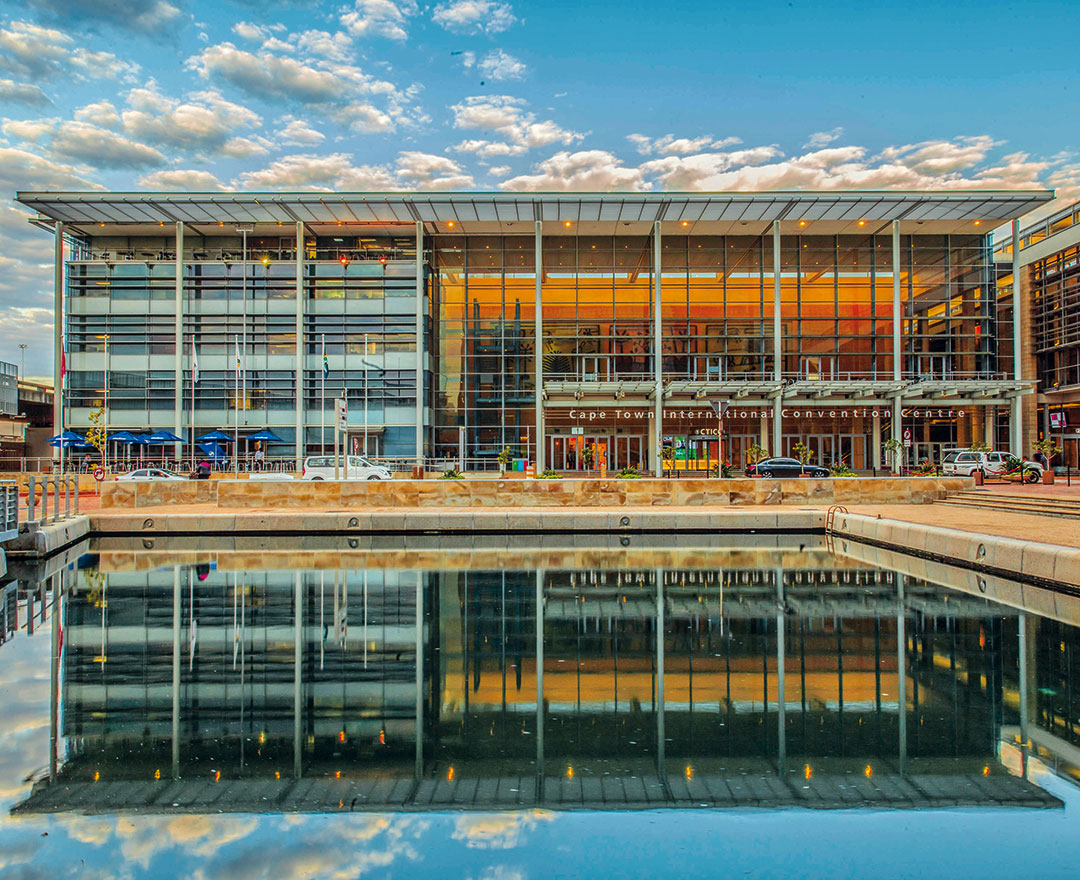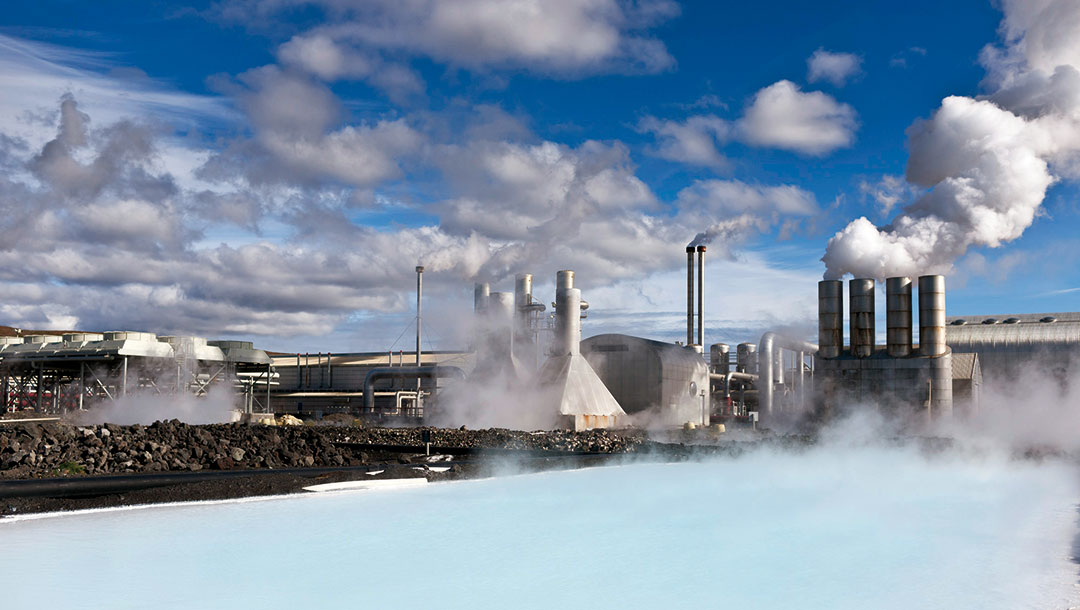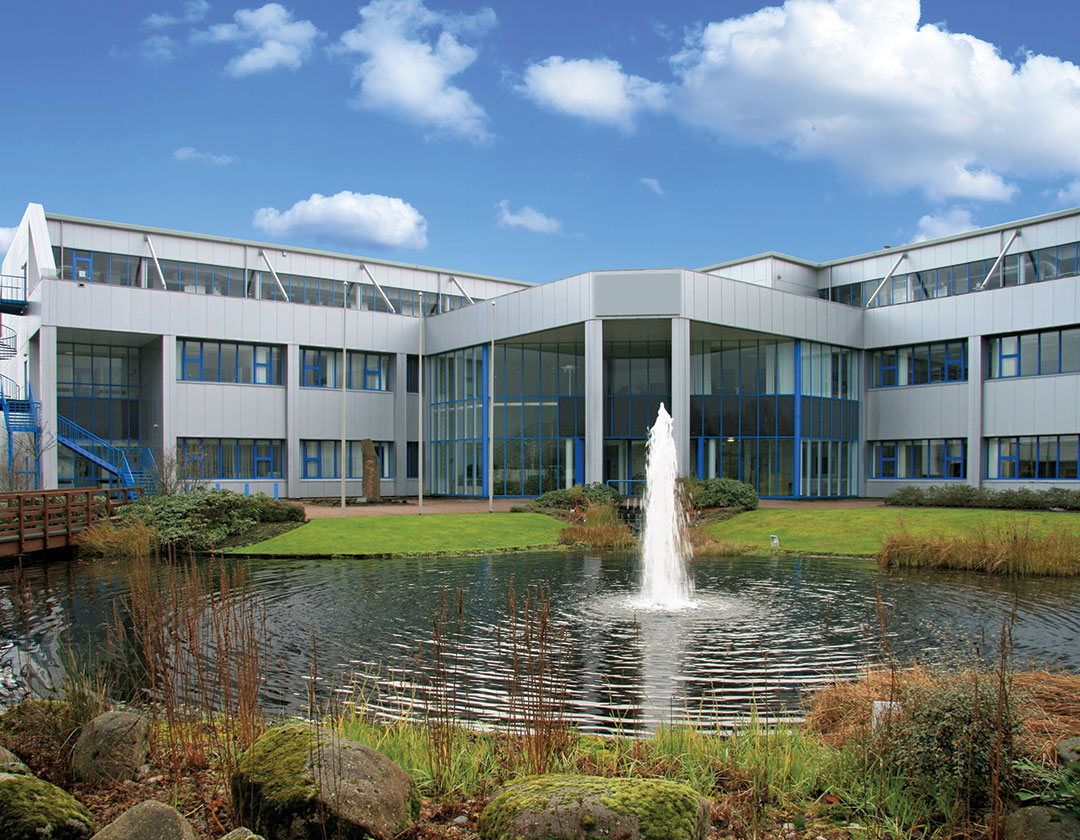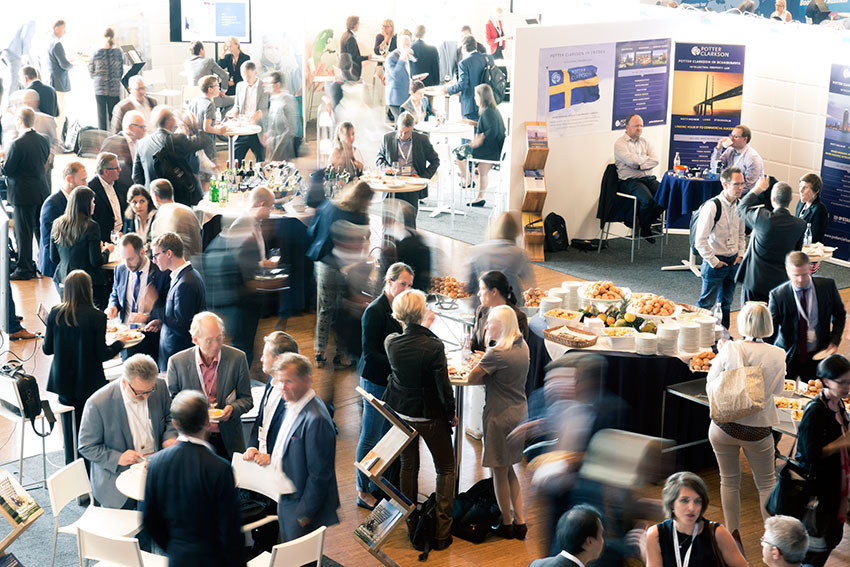
Nordic Life Science Days 2017 Nordic Partnering at its best! Welcome to the Nordic life science community in the heart of the Medicon Valley! Invest – Partner – Network NLSDays 2017 The Nordic region is proud to host some of the world’s most innovative biotech, medtech and pharma companies. It also has the 12th strongest economy, making it the perfect place to invest. Set in the heart of the Medicon Valley, the conference offers conference sessions, panel discussions, company presentations, exhibition, face-to-face meetings and unique receptions, providing so many opportunities to network with peers, potential partners and investors.
Nordic Life Science Days is the largest Nordic partnering conference for the global Life Science industry. Bringing together the best talents in Life Science, offering amazing networking and partnering opportunities, providing inputs and content on the most recent trends. Nordic Life Science Days attracts leading decision makers from the Life Science sector, not only from biotech, pharma and medtech but also from finances, research, policy and regulatory authorities.



 London was once the ground zero of bespoke craftsmanship – New European Economy reports on how Tim Slack is on a mission to re-instate the capital’s lost traditional skills.
London was once the ground zero of bespoke craftsmanship – New European Economy reports on how Tim Slack is on a mission to re-instate the capital’s lost traditional skills. 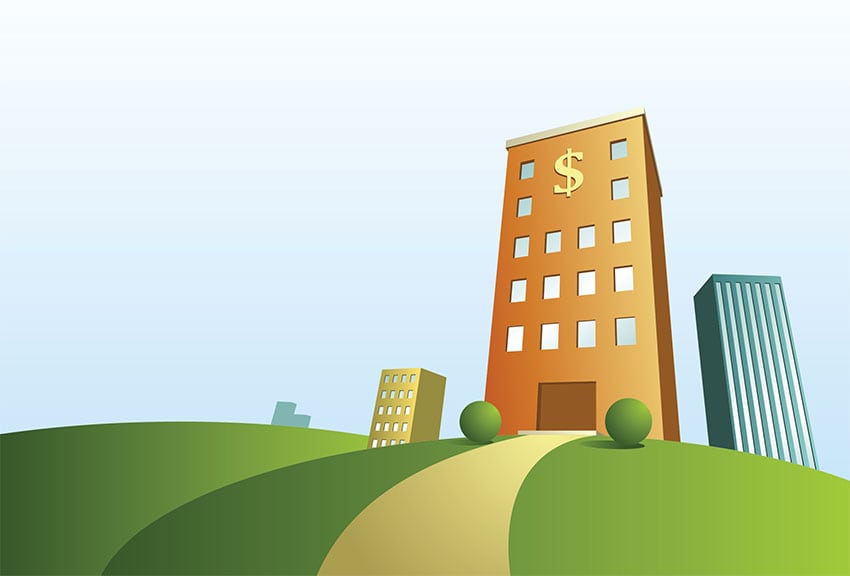 The global financial sector has received its fair share of media coverage over the last decade, mostly unflattering. Now a new story is emerging, one that shows the evolution of consumer based banking services. Going by the portmanteau, Fintech, this expanding sector represents a raft of new technology companies entering the financial sector and in some cases disrupting consumer/banking relationships and overhauling how we interact with both banks and personal finance.
The global financial sector has received its fair share of media coverage over the last decade, mostly unflattering. Now a new story is emerging, one that shows the evolution of consumer based banking services. Going by the portmanteau, Fintech, this expanding sector represents a raft of new technology companies entering the financial sector and in some cases disrupting consumer/banking relationships and overhauling how we interact with both banks and personal finance. 
